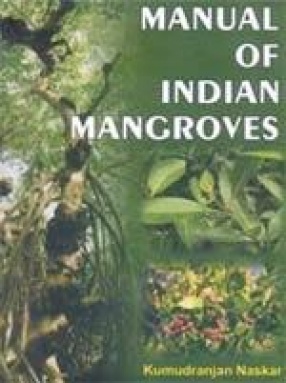
Showing all 5 books





Manual of Indian Mangroves The fully illustrated colour book deal with the present status of the mangrove ecosystem of Indian territories in general and the mangrove ecosystem along with the mangroves and mangrove associated plants and mangrove inhabiting faunal assemblages of the Indian Sundarbans, in particular. Mangoves, the unique ecosystem is in very much stressed or threatened condition throughout the globe in general and in Indian territories, as well. ...

Mangroves--the threatened coastal intertidal halophytic flora play very dominant and important roles in the estuarine mouths, sea-land interphase areas or deltaic ecosystems of both the tropical and sub-tropical zones, especially in the highly populated South-East Asian countries, several Pacific Islands and Australian coasts. Inspite of their important roles and immense ecological impacts, these mangroves and the mangrove ecosystems have faced both biotic and ...


The mangrove ecosystem in Indian Sundarbans has great role in the estuarine fish production and sustenance of large number of aquatic, amphibious and terrestrial forms of living organisms; this is because an ideal mangrove habitat releases more than 6,000 tons litter (on dry weight basis per hectare per annum) and this huge volume of organic matter after mineralisation or after complete decomposition releases nutrients to the estuarine, in shore and off shore ...

This book entitled Plant Wealth of the Lower Ganga Delta--an eco-taxonomical approach is a research finding, contain the taxonomy, ecology and economic importance of 1175 angiosperm species of the lower Ganga delta. The taxonomy and ecology of the Mangrove flora of the Sundarbans are discussed vividly along with sketches and photographs and their roles in the estuarine environment protection are also dealt.
